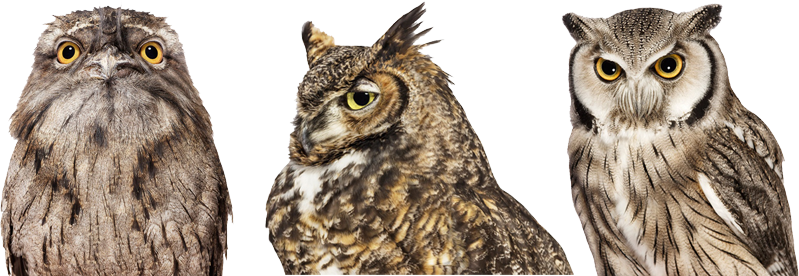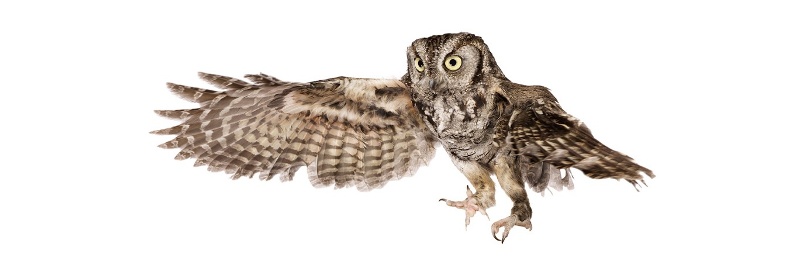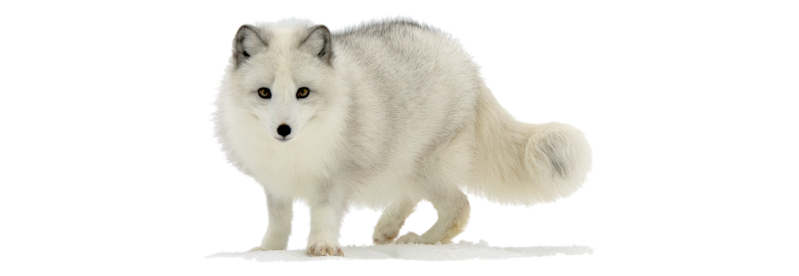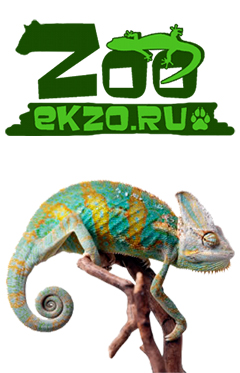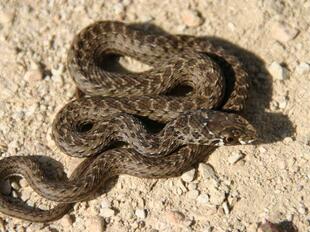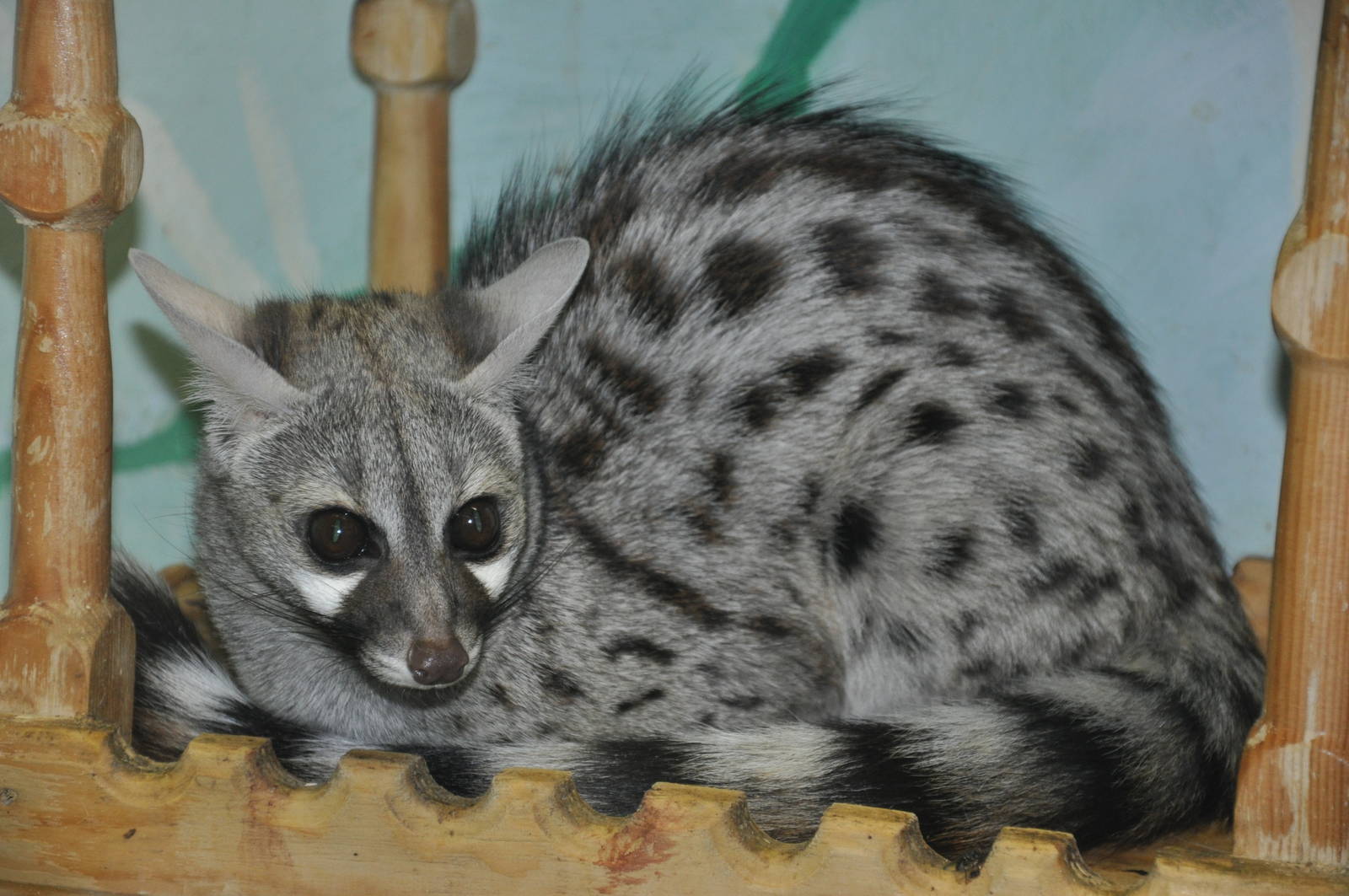
Common genet(Genetta genetta)
Phylum —chordata
Class — mammalia
Order — carnivora
Family —viverridae
Genus – genetta
Appearance
The Common genet has a slender, cat-like body, a small head with a pointed muzzle, large oval ears, large eyes and well-developed whiskers up to 7 cm (2.8 in) in length. Its legs are short, with cat-like feet and semi-retractile claws. Its fur is dense and soft, and the coat is pale grey, with numerous black markings. The back and flanks are marked with about five rows of black spots, and a long black stripe runs along the middle of the back from the shoulders to the rump. There is also a black stripe on the forehead, and dark patches beneath the eyes, which are offset against the white fur of the chin and throat. The tail is striped, with anything from eight to thirteen rings along its length.
Its body is 43 to 55 cm (17 to 22 in) long with a tail measuring 33 to 52 cm (13 to 20 in). Males weigh an average of 2 kg (4.4 lb) and are about 10% larger than females.
Habitat
The Common genet inhabits a wide range, including savanna parts of sub-Saharan Africa, North Africa, Mediterranean Islands, Arabia, Oman and Yemen. This species is also introduced to southwestern Europe (Portugal, Spain and France).
Behavior
Common genets are solitary creatures. Males and females have small home ranges, ranging in size from under 0.4 square miles (1 km2) up to as much as 0.8 square miles (2 km2). Preferring an independent style of life, their home ranges overlap, however. Fully nocturnal, they are extremely active under total darkness but rest during the day. They are good climbers but they spend the majority of their time down on the ground, only climbing trees to search for food or escape from danger. When they walk, they hold their bodies low to the ground, their tails horizontal. When traveling long distances, they generally follow roads, dry streambeds or game tracks. This species communicates using body language and smell. Mothers and their young will call to each other, as well as communicate using olfactory and visual cues.
Diet
Common genets, being carnivorous, eat most small animals they are able to catch, such as mice, rats, insects, birds and small reptiles.
Reproduction
The breeding season varies according to the region. In east, west and southern Africa, Common genets breed in the wet seasons. In Europe and North Africa, they breed in spring and autumn. Typically, between one and four young are born, after a gestation period of about ten to eleven weeks. The young are blind and helpless when they are born. They start to eat meat at about seven weeks old, being fully weaned by four months old. At five months, they are skilled enough to hunt on their own. At 19 months old, the young start marking, and they are thought to be sexually mature when two years old.
In captivity
Common genets have been known to live 13 years in captivity.
Your genet should have a huge, secure enclosure at least 4 feet by 8 feet with a height of 6 feet. A gigantic ferret cage is your best option because it already comes with levels to climb on and small bar spacing so the animals can't escape. If a genet can fit its head through something, it can get its whole body out, too.
The pet should only be caged when you are not around. Otherwise, it will need at least three hours of supervised playtime outside of the cage daily.
Being agile jumpers and climbers, they will often jump to high platforms to look around. They need space to run and jump safely.
Most genets are litter box trained. You can provide a small cat litter box with recycled newspaper litter (such as yesterday's news) in the cage. If properly trained, your genet should return to its cage to use its litter box when free in the house.
As an opportunistic feeder, the genet will eat anything it can get its paws on. Genets have similar dietary requirements to felines, including high amounts of taurine amino acids and lower amounts of carbohydrates.
In the wild, small rodents, reptiles, amphibians, and insects are all prey to the genet. In captivity, offer a mixture of grain-free ferret food and high-quality commercial organic food cat food with human-grade ingredients. Feed amounts according to the packaging instructions and the weight of your pet. You can also give fruit, insects, and cooked chicken with the bone still in. Provide fresh water daily in a heavy cat bowl.
Genets often tend to be food aggressive. Feed your pet in its cage to avoid an accidental bite from an animal that feels threatened while eating.
 Russian
Russian
 English
English








